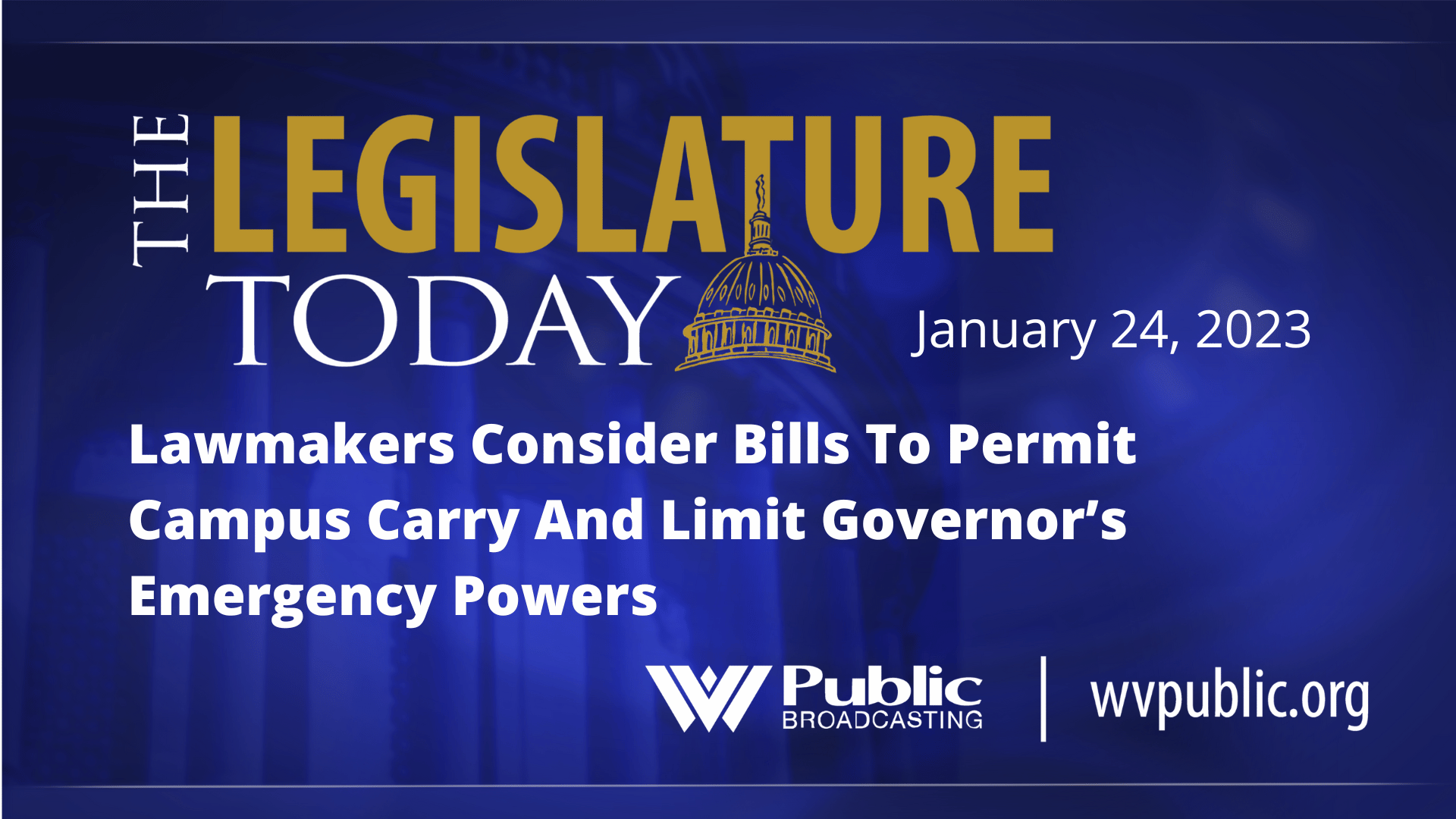On Sunday the state Division of Emergency Management told members of the West Virginia Joint Legislative Committee on Flooding that it is gathering information to appeal a rejected disaster declaration request.
On Sunday the state Division of Emergency Management told members of the West Virginia Joint Legislative Committee on Flooding that it is gathering information to appeal a rejected disaster declaration request.
In early December, FEMA rejected flood aid for residents affected by August 15 floods in Kanawha and Fayette counties. This followed agency approved aid for McDowell County and a portion of Fayette County.
With four separate floods in 2022 alone, the state hopes FEMA will review its 72-hour rule and issue aid as one disaster.
G.E. McCabe, the director of the division, says his team is working with local and national weather service experts to submit new information to FEMA.
“Information from our flood gauges, or our string gauges or rain gauges from the hydrologists here within the state at our universities; we’ve got a lot of good information that we’re now submitting again, with some additional information from those folks in hopes to get our appeal back from FEMA,” McCabe said.
As part of his presentation McCabe reviewed the complex process to obtain a disaster declaration request for counties seeking financial assistance.
“Once they file their reports with the state, preliminary assessments are held with individual county emergency managers,” McCabe said. “From there FEMA carries out its own assessments. The state submits individual county requests to the governor who in turn requests a federal declaration from the President.”
McCabe said meeting state and county thresholds continues to be a huge challenge. While the state threshold is clear, he said it changes each year and there’s little clarity on individual assistance. He said FEMA has been unable to adequately explain their own threshold indicators but said the agency is working on clearer data to explain why some counties receive help but not others.
Addressing flood damaged infrastructure and roads, McCabe said highways funded by the Federal Highway Administration or WVDOT – do not meet state thresholds. He hopes FEMA will review its policy in this regard.
“Why can we not look at that? That is damage to our state,” McCabe said.
Sen. Eric Tarr asked how flood affected residents can access help from West Virginia Voluntary Organizations Active in Disaster (WV VOAD).
“When you have private property damage that FEMA doesn’t cover and they step in to help help – do those private individuals, if say, it’s on a road that’s in a subdivision and wipes out, or somebody’s pond gets them washed out, how do they know they have access to fill in one of these events, if FEMA is not reaching out to them?” he said.
McCabe said his team reaches out to flood affected residents through community meetings and publications to resources like the U.S. Small Business Administration’s low interest loan program, and FEMA’s Individuals and Households program which offers grant assistance to eligible applicants.
State resiliency officer Bob Martin discussed multiple flood mitigation projects and said the state’s 18-year-old flood protection plan has “finally” been updated while West Virginia’s Hazard Mitigation Plan will be completed by year’s end.
Martin said the state is working on educating the public about debris management prior to storms occurring.
“We want to emphasize to people that debris put out by the river or stream when there’s rain forecasted, is not the way of getting rid of things,” Martin said. “Plus working with the states and local communities to develop additional programs so that they have a ready source of debris management within counties and municipalities prior to the storm actually occurring.”
Martin talked about a joint project between the U.S. Army Corps of Engineers – Pittsburgh, Baltimore and Huntington districts.
“They’re gonna be looking at how sedimentation affects the streams within West Virginia and on fire adjoining states and how the water flowing into the states affected by it.”
Martin also talked about other flood mitigation measures including the sustainable rivers program where the state is considering hydropower along the Ohio River where locks and dams are currently being retrofitted. He also updated the committee on the Natural Resources Conservation Service watershed projects that are looking to buyout communities and move people out of historically flood prone areas.
